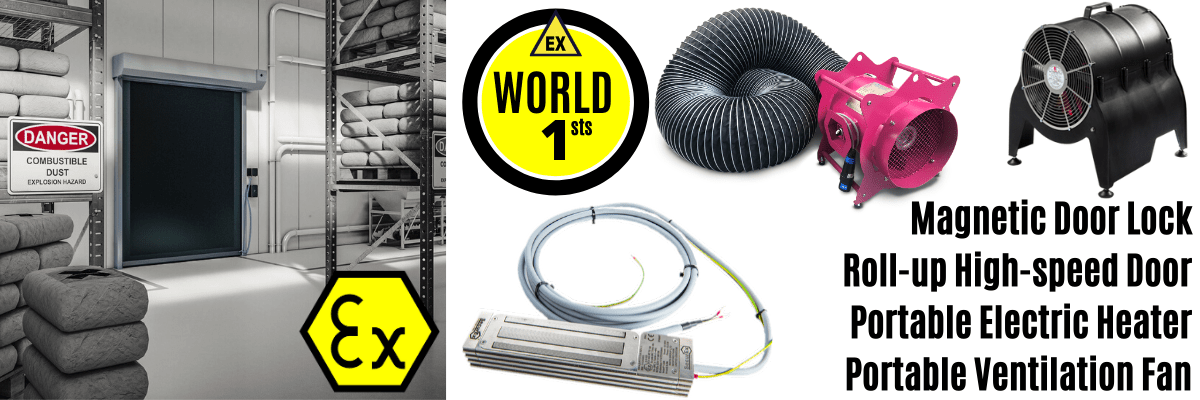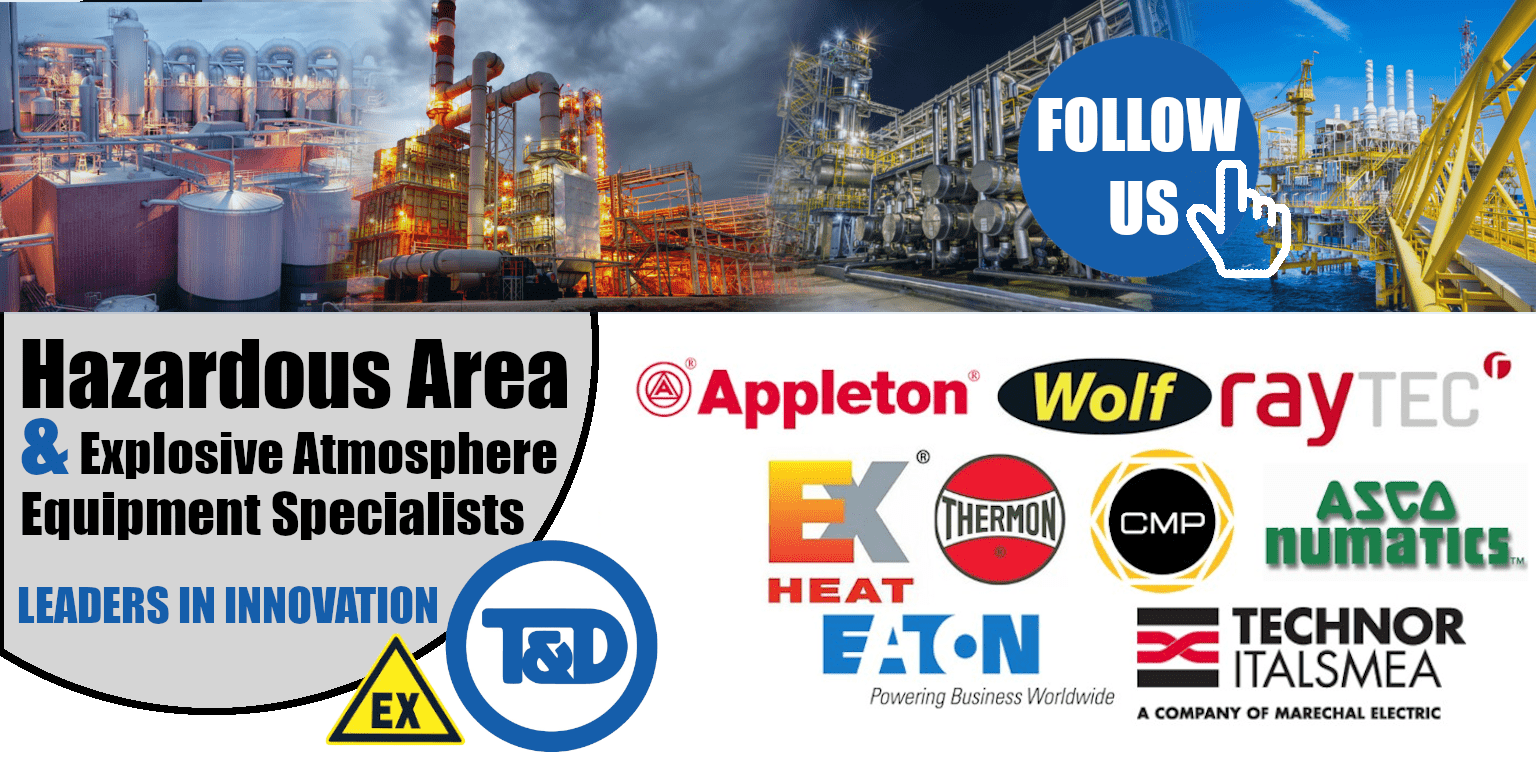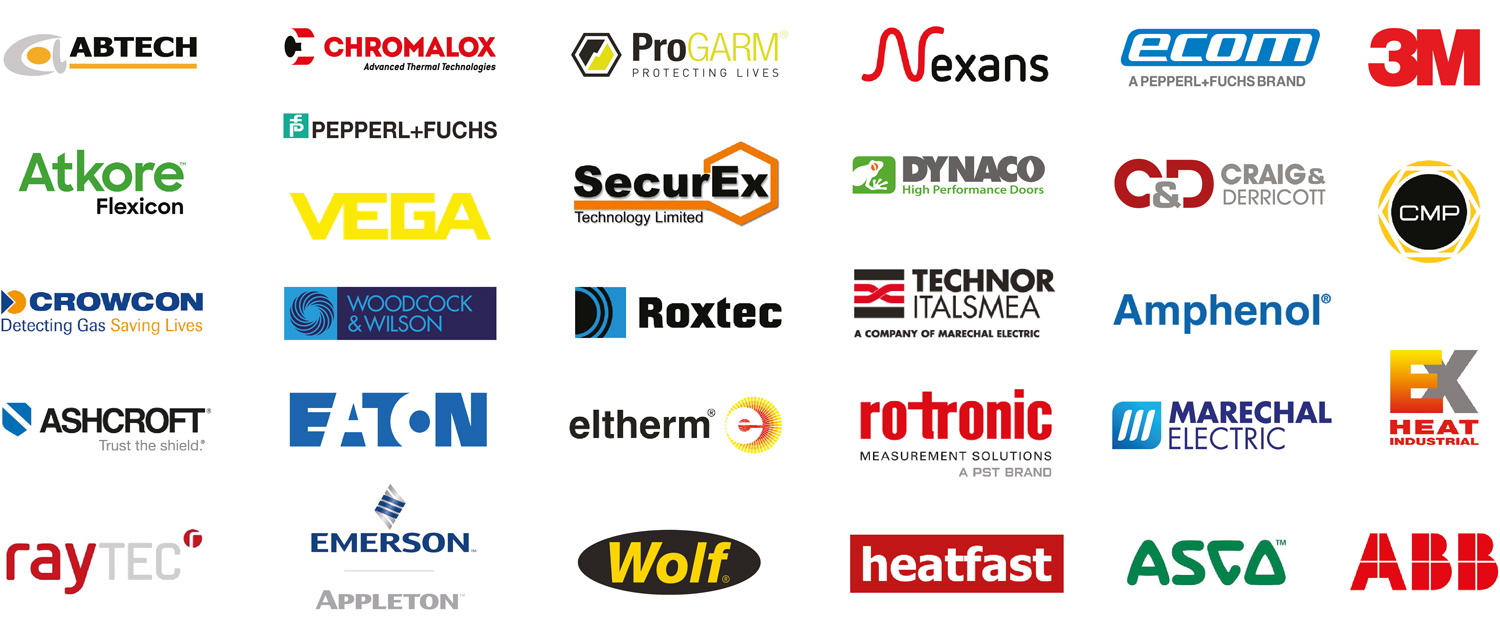Crowcon T4 Gas Detector – Effective Detection Of 4 Common Gas Hazards
Published 13 Mar 2017

Crowcon T4 Portable Gas Detector
- By Chris Dodds : estimated reading time 5 minutes
Crowcon T4 Gas Detector
Personal Protection Solution Detecting 4 Most Common Gas Hazards
Crowcon T4 is the latest addition to the range of Crowcon portable gas detectors and provides protection in confined spaces against the four most common gas hazards – these hazards are carbon monoxide, hydrogen sulphide, flammable gases and oxygen depletion.
Key Features Of The Crowcon T4 Gas Detector
The many advanced features of the Crowcon T4 include rugged, IP65 and IP67-rated housing offering enhanced reliability in harsh environments, 24 hour safety, long battery life, TWA resume feature and an invertible screen.
All of the above features contribute to a low total cost of ownership and make the T4 portable gas detector the ideal choice for providing protection against hazardous gases.
The positive safety traffic light function gives the user constant assurance that the unit is compliant and operating correctly. This is done by a visual green LED light being illuminated when working correctly and flashing red when the unit needs attention.
Other key features include:
- Easy one button operation
- Clip on filter plates
- Multi gas detection
♦ See Crowcon Detective for ATEX gas detectors to enable safe and accurate hazardous area gas detection in explosive atmospheres.
Crowcon T4 Portable Gas Detector
An Introduction
Crowcon T4 offers users a compact, portable and easy to use gas detection instrument – the one button function ensures the detector can be used when wearing gloves.
The quick view function of the Crowcon T4 enables the configuration details to be easily and quickly viewed even if the detector is not powered by quickly pressing the operator button. The gas detector will then emit an audible blip followed by the LED’s to the right of the display flashing red.
Crowcon T4 Portable Gas Detector Quick View Function
Bump testing of portable gas detectors is a vital, regular test that ensures the device is performing as intended. The OSHA defines a bump test as “a qualitative function check in which a challenge gas is passed over the sensor(s) at a concentration and exposure time sufficient to activate all alarm settings.”
It is recommended to bump test your portable gas detector daily before each use.
More gas detection Reading
- Hydrogen Sulphide H2S Gas Detection – See How Crowcon Detects H2S Gas Levels
- Hydrogen Sulphide Gas Detection In Refining & Hazardous Area Industries
- Methane Gas Detection – Know The Risks & Detect The Danger
- Ammonia Gas Detection – NH3 Gas Dangers & Detectors
Flame, Heat, Gas Detectors & Detection Systems
![]()
Hazardous area industries including offshore oil/gas platforms and FPSOs, onshore oil refineries, processing plants, pipelines, storage farms and LPG/LNG plants all utilise or produce a wide range of hazardous flammable liquids and gases that can be detected using correctly specified flame and gas detectors.
Detecting toxic and flammable gases requires the detectors to be classified and certified according to the specific IECEx or ATEX standard – we distribute flame and fire detectors manufactured by Spectrex to operate in the harshest environmental conditions including self-contained stand-alone devices designed for direct connection to control and alarm systems or automatic fire extinguishing systems.
Our range of Hazardous Area Fire & Gas Detection System products also includes Explosion Proof Warning Systems & Hazardous Area Lighting – comprehensive range of intrinsically safe, flameproof and explosion proof alarm sounders, sirens, bells and horns, loudspeakers and beacons.
♦ LV Power Products | Junction Boxes & Enclosures ATEX | Plugs ATEX | Control Stations ATEX | Isolators ATEX

Thorne & Derrick | Detecting Flame | Heat | Gas
Experts in Equipment
for Explosive Atmospheres
FOLLOW US
Follow our Showcase Page on LinkedIn to receive hazardous area product innovations, industry news, whitepapers, videos, technical tips and training webinars for professionals involved in the explosive atmosphere industries.







